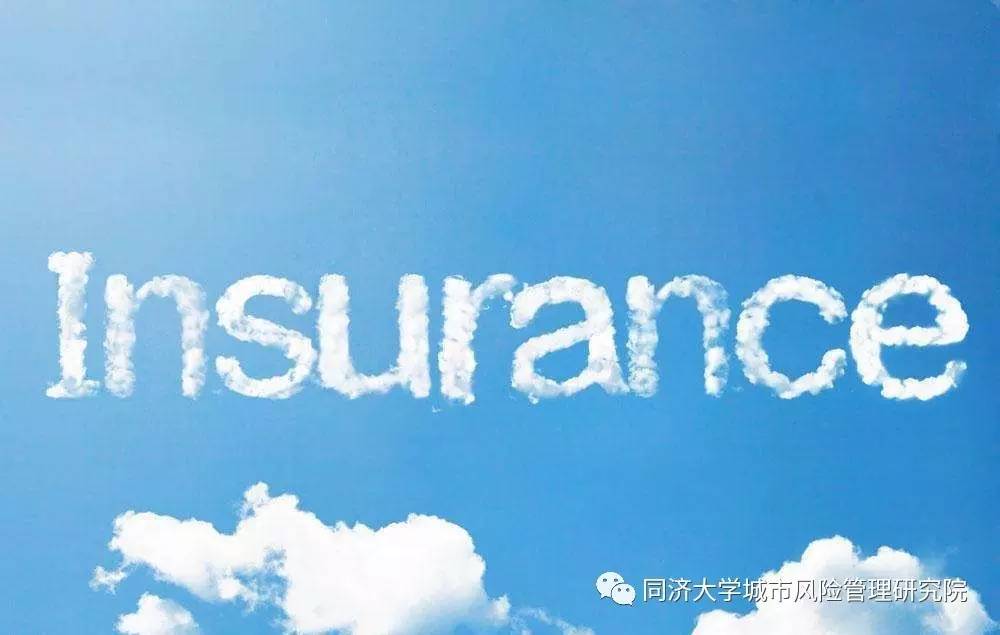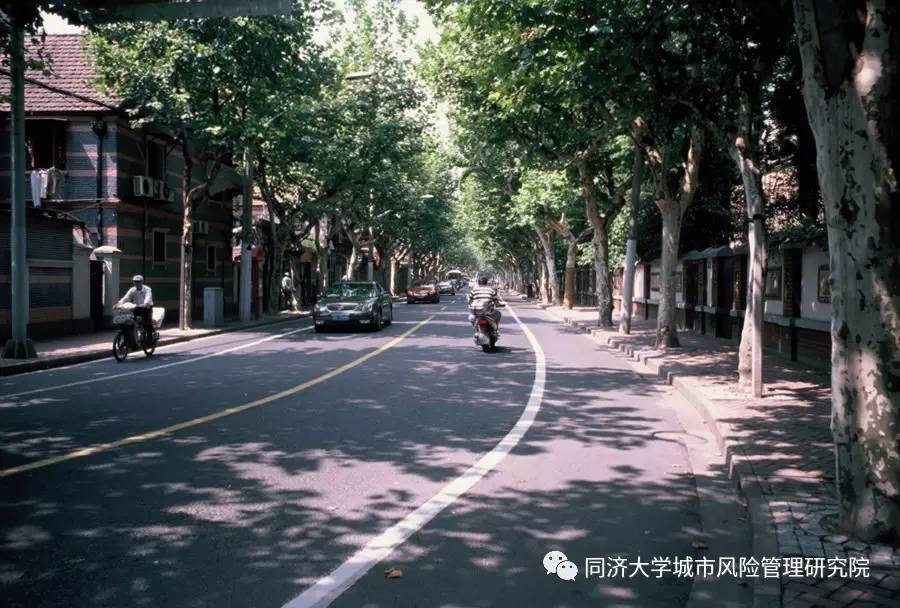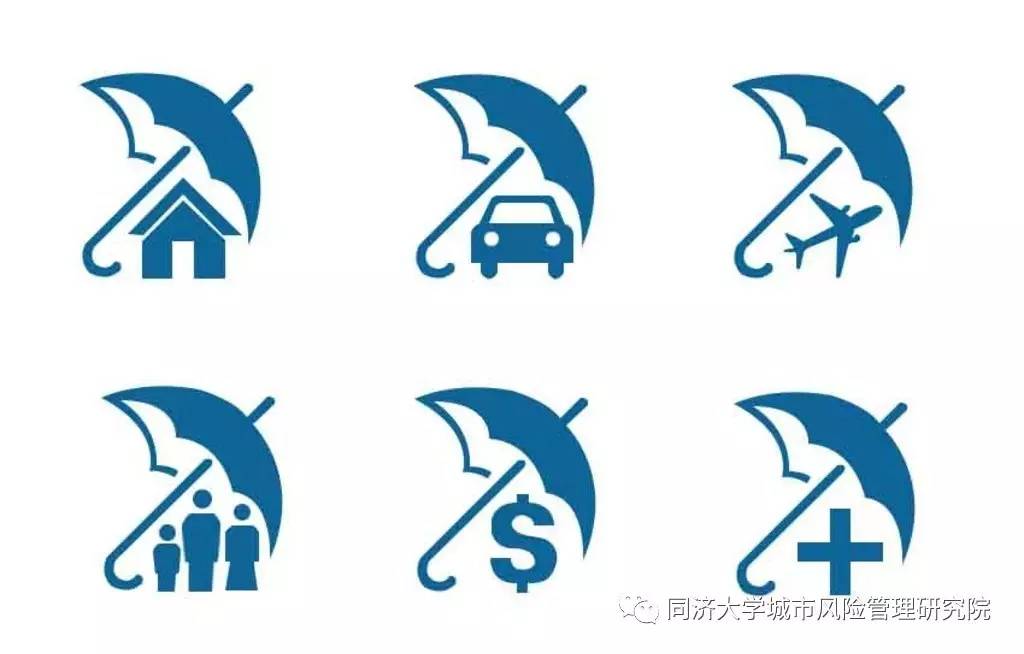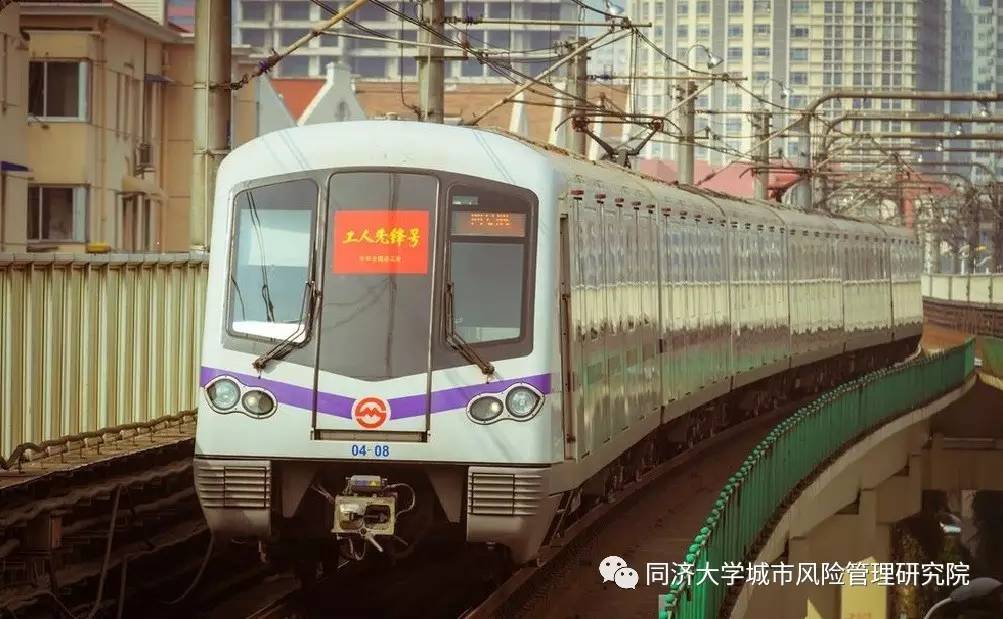Insights
Why do we say that insurance is one of the significant elements in the urban risk management? Because insurance can play two main roles: One is to provide the best risk solution, and the other is to help companies and enterprises which have been insured to recover rapidly the production and life order.
In the past, the customer service in the insurance industry was mostly focused on the rapid and reasonable claims service. Over recent years of practices, the insurance industry has gradually focused on the whole process of risk management. It can provide professional recommendations on the prevention of disasters and losses through risk investigation and assessment beforehand.

The risk management is certainly closely connected with the insurance companies. I would like to elaborate on some of the researches and practices, as well as the trend for urban risk management in the future in respect to the insurance industry.
Intricate and complicated urban risk
The composition of urban risk is very complicated, and it is mainly divided into five sorts in respect to the insurance industry.
The first is the natural climate risks, such as earthquakes, floods, heavy rains, and typhoons in particular. The second is the social and political risks, such as the risk of large group activities and the risk of terrorist attacks. The third is the accidents and man-made risks. The fourth is the environmental and health risks, including issues of environmental pollution concerned by all the citizens. The fifth is the quality safety and liability risks.
Here are some examples and above sorts of risks occurring in Chinese cities.
First, the natural climate risks. The earthquake occurred in Wenchuan has had a relatively great impact in recent period of time, with nearly 70,000 people died, more than 370,000 people were injured, and about 18,000 people missing. This earthquake has caused the most severe casualties since the Tangshan Earthquake, with direct economic losses reached 850 billion, according to statistics. Another example is the Typhoon Morandi which occurred in 2016. It directly hit Fujian Xiamen, landed with the wind at the level of Force 17, causing huge losses. It was very seldom to see a typhoon with such a high level of wind last decade.
Second, the social and political risks. The stampede occurred near Chen Yi Square in Shanghai is a serious tragic in China. While in other countries, the 911 terrorist attacks on the United States is also a severe tragic.
Third, the accident and man-made risks. The “8.12 Explosion” occurred in Tianjin Port in 2015, resulting in 165 deaths. According to the statistics of the insurance industry, the direct economic loss is about RMB 70 billion. Likewise, in 2013, the explosion of Sinopec pipeline in the Huangdao District of Qingda also caused heavy losses. That was not just a security issue, and it greatly ruined the social and economic order of the whole city.

Fourth, the environmental and health risks. The risk of this sort occurs more and more frequently. The explosion occurred at a double benzene plant of Petrochemical Company in Jilin in 2005, causing serious environmental pollution. In addition, there are SARS, avian influenza and so on.
Fifth, the quality safety and liability risk. The Sanlu Milk Powder Incident in 2008 has bought a serious influence on the whole dairy industry.
Absolute safety is impossible, and risk events caused by uncertainty are increasing. At present, urban risk in China is indeed intricate and complicated. A variety of risk factors are intertwined, which causes a lot of risks with very strong destructive power. After the release of this destructive power, how to quickly restore the social and economic order, and swiftly stabilize the lives of residents has become a severe issue, which has brought great pressure on relevant urban managers who are the main body of liability.
Why do we say that insurance is one of the significant elements in the urban risk management? Because insurance can play two main roles: One is to provide the best risk solution, and the other is to help companies and enterprises which have been insured to recover rapidly the production and life order.
Practices of urban risk management in the insurance industry
The following three cases will show the role of insurance played in urban risk management. These cases are mainly the practices in China, involved by the CPIC.

Case 1: Inherent Defect Insurance against engineering quality
Shanghai is the first region to operate Inherent Defect Insurance (IDI) for engineering quality, and the CPIC has two of these projects.
In 2012, Shanghai Municipal Housing Construction Committee, the Financial Office and the Insurance Regulatory Bureau jointly formulated Suggestions on Pilot Implementation of Inherent Defect Insurance for Residential Engineering Quality in Shanghai. At that time, the CPIC had, as a leading company, completed the design of products for relevant engineering insurance and the process for insurance claims.
In over four years of pilot implementation, Shanghai officially promulgated the Suggestions on the Implementation of Inherent Defect Insurance for Engineering Quality of Marketable Housing and Affordable Housing in Shanghai in June 2016, and the CPIC was the chief insurer. With this Suggestions on the Implementation, the affordable housing projects in Shanghai and all the marketable housing projects in Pudong New Area has fully applied to the IDI insurance system, which has a benchmarking impact.
The IDI is very mature overseas, especially in Europe, in the United States and other developed countries. It has provided a strong guarantee for the quality and safety of urban construction. The IDI business is carried out in the way that the developer purchases a policy from the insurance company. In the process, the insurance company recommends professional risk management institutions that provide comprehensive risk management solutions to the construction company.
As housing quality involves thousands of households, it is the project that related to the national economy and the livelihood of the people. Therefore, it will be very beneficial to urban management, social harmony and stability to make a breakthrough in this aspect. The State Ministry of Housing and Construction, and various local governments are also exploring to promote this aspect of work. I believe that many human tragedies would not happen if this task is accomplished properly.
Currently, the CPIC has also undertaken a lot of IDI for oversea projects from the Ministry of Commerce. The quality of Chinese construction projects can be ensured with the IDI, and it is of great significance to maintain the image of “Built in China”.

Case 2: Community Comprehensive Insurance
The highlight of this policy is that it has integrated insurance clauses of several insurance policies, involving public liability risk, and life insurance and property risks in fire accident, into a policy for community comprehensive insurance. It is also one of “Top Ten” projects launched by Shanghai Municipal Government in 2009.
This issue may have attracted less attention, but its actual effect is very convincing in the process of urban risk management. As for the fire incident occurred at the Jing’an District in Shanghai, the Jing’an District Community had luckily purchased the community comprehensive insurance policy, so the CPIC immediately provided funds, and all residents involved were promptly settled that very night.
At that time, the government could hardly provide any funds, and the charity organizations were unable to contribute several millions of funds at once. It is such an insurance mechanism that facilitates the residents to have settled promptly. So, this case is worthy of reference and promotion.

Case 3: Catastrophe insurance
Natural disasters occur more and more frequently. In respect to risk analysis models for global catastrophes in the international insurance industry, the frequency of catastrophe risk in the Asia-Pacific region is getting higher and higher. Many attempts have been made throughout the country. For example, how to better provide the catastrophe risk protection by index insurance.
The index insurance for urban catastrophe is actively promoted in Guangdong province, Ningbo City, and some other western provinces in China. The index insurance for catastrophe in Guangdong Province covers heavy rains, typhoons, earthquakes and other disasters. When the insurance subject is for natural disasters, the government departments will dispatch the financial expenditure for emergency response, disaster relief, disaster recovery and reconstruction.
The index insurance is simple and easy to purchase. In addition, a sound risk protection compensation scheme can also assist quick process and remedy for the catastrophe after losses and injuries. I think this is a trend for the future.
Low insurance coverage for risk in China
Through the above three cases, it is very clear that insurance is a good solution to transfer the risk to the market. However, in general, the risk coverage of insurance in China is not high, and it is lower than the international average. There is a big gap, compared with the developed countries.

Wenchuan earthquake in 2008 caused direct economic losses of more than RMB 800 billion. The compensation pay-outs had merely RMB 1.66 billion, and the insurance compensation accounted for only 0.2% of the total direct economic losses. Basically, the loss caused by the Wenchuan earthquake did not get full compensation from the insurance company, due to its extremely low coverage.
According to the global data, natural disasters and man-made disasters in 2008 caused a total loss of US$ 30 billion worldwide, and the corresponding global insurance losses reached US$ 6 billion. Thus, the global average insurance coverage is 20%.
In 2015, natural disasters and man-made disasters caused direct economic losses of US$ 92 billion worldwide, and the corresponding global insurance losses reached US$ 37 billion. Thus, the average coverage is 40.2%.
Based on the statistics of all continents, the Asian region is relatively low, with the average coverage of only 18.6%. The average coverage in North America is 60.5%, and it reached 50% in Europe. What does the average coverage reach 50% mean? If the loss is US$ 100, the insurance company will assume US$ 50.
Let’s take China and India as an example, China and India are among the major developing countries in Asia. China is much more advanced compared with India in respect to the economic development, but as for the insurance coverage, the two countries are basically the same.
There is still much room for China in respect to the development of insurance. In fact, if the coverage of insurance is higher, the professional risk management solutions being introduced are more and abundant. It can effectively reduce the risk of probability of occurrence.
Future trends for insurance and urban risk management
Regarding the insurance and urban risk management, there are three aspects for the future trend.

Trend 1: Optimizing and innovating insurance products and models
The optimization and innovation of insurance products and their operating modes are synchronized with the development of social and political life. In the future, more insurance products involved with urban risk will continue to be introduced, including index insurance and so on. The CPIC has made a lot of study in this respect, including the futures “grafting”, that is, through the hedge risk mechanism in the futures market to better provide a new tool for risk transfer.
The insurance risk transfer tool was relatively simple in the past, which was mainly through reinsurance. In the future, multi-channel and multimode risk transfer means will be explored and developed.
Trend II: Gradually strengthening risk management functions
In the past, the customer service in the insurance industry is mostly focused on the rapid and reasonable claims service. With recent years of practices, the insurance industry is gradually focusing on the whole process of risk management. It can provide professional recommendations on the prevention of disasters and losses through risk investigation and assessment beforehand.
We evaluate and assess risks, so as to provide different risk solutions based on different risk ratings. This is strongly favored by many local governments and mega corporations during the risk management. Over the past two years, The CPIC has offered a number of services to large enterprises in respect to the risk insurance. Top domestic and overseas risk management agencies have been invited to make on-site risk assessment.
No governments and enterprises would like to take any risk themselves, so they purchase either insurance policies or various risk management tools in the hope that risks could be reduced to the minimum through the introduction of risk management solutions.
How to implement risk management through the entire insurance period? There is a very typical case, that is, the cooperation between the CPIC and Shanghai Metro Company.
Shanghai Metro had a major risk in the early stages of construction. When the land subsidence occurred near Metro Line 4, Shanghai Municipal Government immediately contacted the CPIC, the major insurer for the subway construction project. The Insurance Company invited the most professional experts in subway risk management at home and abroad to carry out risk investigation and evaluation, and a complete set of risk management plan for subway risk was set up in China. Later, all subsequent subway construction projects in Shanghai have adopted this set of risk management plan.
Many cities have invited our professional metro risk management team to conduct risk investigation and evaluation to provide risk solutions for local subway construction. With the deepening of urban risk management, we will put more resources and technology into risk management.

Trend 3: More closely link insurance industry with government functions
Commercial insurance can transfer the financial pressure on the government. When many risk events occur, the government is the main leader and coordinator, but the problem cannot be settled by the government alone. In many aspects, it is very clear that the government is hard to fully play an active role.
Therefore, how to introduce insurance agencies and commercial organizations to participate in the risk management is of great significance. This is a good starting point for the government to fully play its role.
Author: Gu Yue, General Manager and Chairman of China Pacific Property Insurance Co., Ltd.


